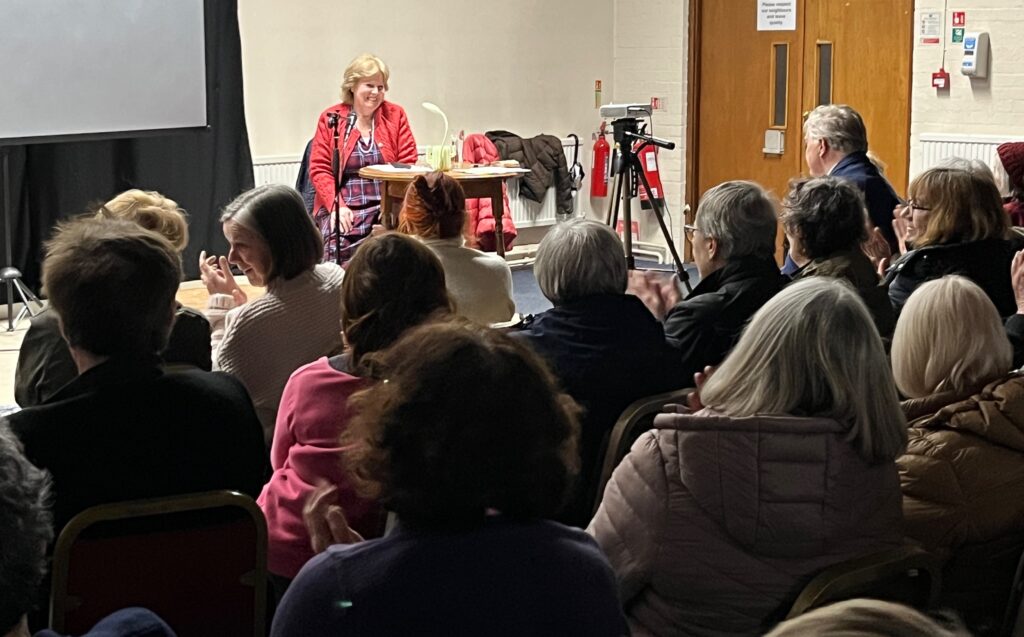



At the March meeting of Aldersbrook Horticultural Society, we were pleased to welcome Nicola Munday, who has been a volunteer at Copped Hall since 1996, in 1995 the Copped Hall Trust was established with the aim of renovating some of the house and surrounding gardens. The parkland is now looked after by Epping Forest.
Nicola talked us through the history of the Estate, first given to Richard Fitz Aucher by King Henry II in the 1170s, he built a manor house on the land, later in the Middle Ages the estate came under the possession of the Abbot of nearby Waltham Abbey and by the 1530s Copped Hall was a massive hunting lodge. After the monasteries were dissolved by Henry VIII the Hall was bought by Sir Thomas Heneage in 1564, who built an elaborate mansion on the grounds, and it is said that Elizabeth I visited Copped Hall on two occasions. In 1623 the Hall was bought by the Earl of Middlesex who improved the house again with an elaborate gate in the style of Inigo Jones and a turning circle in front of the house. At that time records show that the gardens produced asparagus, cauliflower, apples and yellow tulips (during the time of Tulip Mania). After the English Civil War King Charles II was a fairly regular visitor to the Hall and hunted and dined there often. During those years two fountains and a pool were added as well as a real tennis court. In the 17th and 18th Centuries the house was purchased by a number of aristocratic families and in 1742 John Conyers inherited the house from his father and decided to build a new house on the site but this time in the parish of Epping (the original house was in the Parish of Waltham Abbey). The new house was built between 1751 & 1758, the old one being demolished in 1748. This was a true Georgian house with a landscaped garden, taking in views across two valleys with a HaHa to keep out deers and other wandering fauna and a four-acre walled garden.
By the beginning of the 20th Century the Estate was owned by George Wythes who had made his money building railway lines in India but in 1917 the house was gutted by fire caused by an electrical fault. The family moved into Wood House on the estate and during the Second World War the garden was looked after by local women and a couple of men unfit for service. In 1950 the house was sold and stripped of desirable building materials with many statues and pieces of architecture sold to other stately homes.
In 1995 the Hall and surrounding land was purchased by the Copped Hall Trust – a group of people with the aim of preserving the ground and first floor of the house and some of the gardens. She showed us some lovely pictures of the garden as it is now – from fruit trees in the walled garden, bluebells, in surrounding grassy areas, specimen trees on the lawn and Spring bulbs in the rock garden. We hope to organise a trip to Copped Hall in the Autumn.
